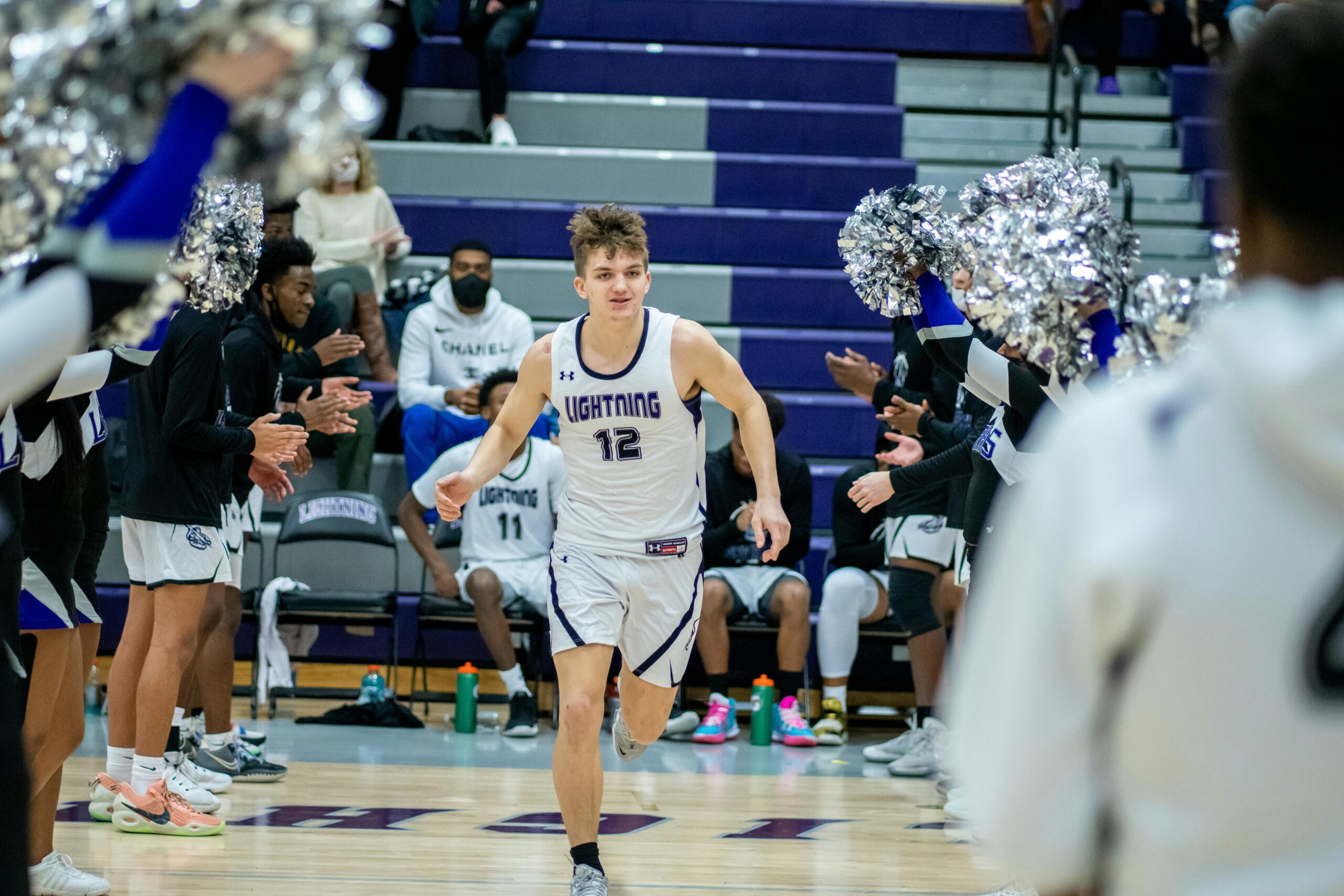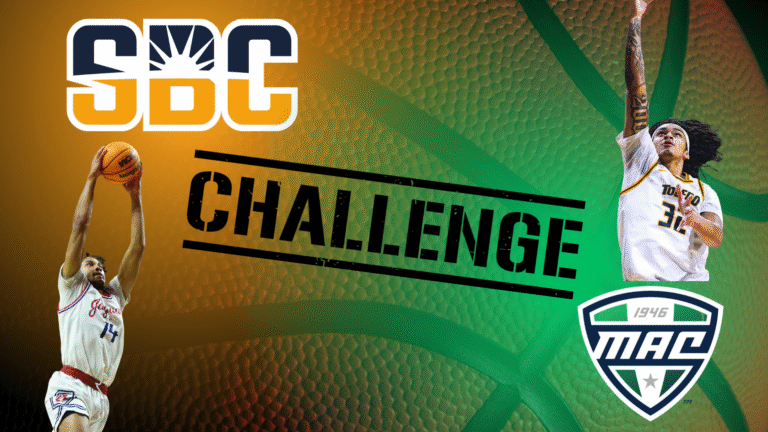
The Sun Belt Conference was founded on Aug. 4, 1976, primarily as a basketball league. Like many conferences, it experienced membership changes from its inception through the early 21st century. The Mountaineers and other teams have been key competitors in the conference’s basketball history. It eventually added football to its list of sponsored sports.
This article highlights each school’s best and worst seasons at the Division I level—whether those occurred as Sun Belt members or in another conference.
Appalachian State
Appalachian State moved up to Division I in 1971 and became a full member of the Southern Conference for the 1972-73 season. In just their seventh year at the Division I level, the Mountaineers won the Southern Conference tournament and reached their first NCAA Tournament. They were seeded No. 6 in the Mideast Regional and received a first-round bye. In the second round, they faced No. 3 seed LSU of the SEC. The Tigers won 71-57, and Appalachian State is still seeking its first NCAA Tournament victory.
A throwback to the 1979 Mountaineers, the first team in program history to reach the NCAA Tournament!
The Mountaineers were led by Bobby Cremins and defeated Furman 86-83 in the Southern Conference Tournament Championship to punch their🎟#TakeTheStairs pic.twitter.com/412iZbmcl0
— App State Basketball (@AppStateMBB) March 11, 2021
The Mountaineers finished 3-23 in their final season under head coach Press Maravich — their worst winning percentage since 1956–57. After defeating UNC Asheville 83-74 on Dec. 7, 1974, to improve to 1-2, the team went on to lose 12 consecutive games. The program hired Bobby Cremins as head coach in 1975, beginning a new chapter.
Coastal Carolina
Coastal Carolina joined the Division I ranks as a member of the Big South Conference in 1985. The Chanticleers made four appearances in the NCAA Tournament but failed to advance past the first round. Their best season in Division I, based on winning percentage, came in 2010–11. After finishing 28–7 and earning an NIT bid, Coastal aimed for another regular-season conference title. They aimed to return to the NCAA Tournament for the first time since 1993. However, a loss to UNC Asheville in the Big South Tournament final sent the Chanticleers back to the NIT, where they lost to Alabama in the first round.
#TBT to our NCAA Tournament match up. The chase begins for another one tonight! #TheWAVE 🌊 pic.twitter.com/9fvymPvboL
— Coastal Men's Basketball (@CoastalMBB) November 2, 2017
Coastal endured back-to-back seasons with fewer than 10 wins, with the 1995–96 campaign marking the lowest winning percentage in program history. The Chanticleers finished 5–21, with only one Big South win and two victories against non-Division I teams. Only seven of their 21 losses were by fewer than 10 points.
Georgia Southern
Georgia Southern joined NCAA Division I in 1973. After six seasons as an independent, the school became a member of the Trans America Athletic Conference (TAAC) in 1979. The Eagles earned their first NCAA Tournament berth in 1983, but their best Division I season came in 1984–85. That year, they lost just one regular-season game outside of TAAC play — a loss to Marshall, which went on to win the Southern Conference. The Eagles’ season ended with a loss to Little Rock in the TAAC semifinals.
Their fourth season in the TAAC led to the program’s first NCAA Tournament appearance. But their fourth year in the Southern Conference (SoCon) stood out for a different reason. After a win over Division II Shorter, Georgia Southern lost 14 straight games against Division I opponents. They later picked up wins against East Tennessee State and Appalachian State. A seven-game losing streak to close the season eliminated the Eagles from SoCon Tournament contention.
Georgia State
Georgia State joined NCAA Division I in 1973. After three seasons as an independent, it became a founding member of the Sun Belt Conference in 1976–77. The Panthers’ final season in the Trans America Athletic Conference — before it was renamed the Atlantic Sun — was the most successful in program history. They opened the season with a seven-game winning streak before losing at Creighton. Georgia State later avenged a regular-season loss by defeating Troy in the TAAC championship, earning its first NCAA Tournament berth since 1990–91. As a No. 11 seed in the West Regional, the Panthers upset Wisconsin 50–49 before falling to Maryland in the second round.
Down 12 points with 2:53 to play, R.J. Hunter led the Panthers on a 13-0 run to top Baylor in the NCAA Tournament five years ago today. #MarchMadnessMoments #TheShothttps://t.co/lowzAszvr2 pic.twitter.com/WC1tXyiLKH
— GSU Men's Basketball (@GSU_MBasketball) March 19, 2020
The program’s first season at the Division I level was also its least successful. After a double-overtime win over Division II Birmingham-Southern, 79–71, the Panthers lost their next 25 games to finish 1–25. Georgia State had just one winning season in its first 17 years at the Division I level. In six of those years, the team finished with a winning percentage below .200.
James Madison
James Madison’s second season in the Sun Belt Conference was historic for several reasons. It marked the first time a Sun Belt team was ranked in the AP Top 25 since Western Kentucky opened the 2002–03 season at No. 19. It was also just the Dukes’ second season with a winning percentage above .750, and their first since 1981–82. The season opened with a statement win, as James Madison defeated then-No. 4 Michigan State in overtime. The Dukes went on to win the Sun Belt title and upset No. 5 seed Wisconsin in the first round of the NCAA Tournament before falling to Duke.
RECAP | No. 12 James Madison Controls No. 5 Wisconsin 72-61 in NCAA First Round
We will see you on Sunday! 🕺
📰 https://t.co/FpDwtLJyFI#GoDukes pic.twitter.com/ujQRRQG2FU
— JMU Men's Basketball (@JMUMBasketball) March 23, 2024
While the Dukes finished 5–23 in both the 1985–86 and 2005–06 seasons, the latter raised greater concerns among fans. After winning just three of their first nine games, James Madison started 2006 with 10 straight losses. They then upset Delaware and Towson in back-to-back games — something they had only done twice since 2004–05. A first-round loss to Northeastern in the Colonial Athletic Association Tournament ended their season.
Marshall
Marshall had five seasons with a winning percentage above .800 between 1918 and 1948. However, records from that era are unclear on whether the team competed in the NCAA or NAIA. For that reason, a clearer benchmark is the 1971–72 season, when Marshall finished 23–4 and earned its second NCAA Tournament appearance. The Herd lost just two of their first 11 games, then reeled off 14 straight wins. After dropping the regular-season finale to Miami (Ohio), the Herd fell to future Sun Belt rival Louisiana in the NCAA Tournament.
Marshall has recorded a sub-.200 winning percentage only once in program history — during the 1964–65 season. The Herd began the season with seven straight losses, then earned back-to-back wins for the first time since 1961–62. Despite the struggles, 11 of the team’s 20 losses were by fewer than 10 points. Marshall finished the season 4–20 but rebounded two years later with a 20–8 record.
Old Dominion
In its first Division I season, Old Dominion set a high bar by finishing 25–4—one of just three years with a winning percentage above .800. The Monarchs won the ECAC South regular-season title. However, a narrow 67–64 loss to No. 13 Syracuse kept them out of the NCAA Tournament. Although they earned a postseason appearance, their season ended with a 71–68 loss to fellow ECAC South member Villanova in the first round of the National Invitation Tournament. The back-to-back defeats snapped a 22-game winning streak and marked the second consecutive season in which Old Dominion closed with two straight losses.
After spending 21 seasons in the Colonial Athletic Association, the Monarchs’ final year in the conference — before moving to Conference USA — was historically poor. It marked the only time in school history the team failed to win at least 20 percent of its games. Old Dominion reached the CBI quarterfinals the previous season. But after starting the next season 1–1, the team endured multiple losing streaks of nine or more games. Due to conference transition rules, the Monarchs were ineligible for the CAA Tournament—eliminating any shot at a postseason bid.



